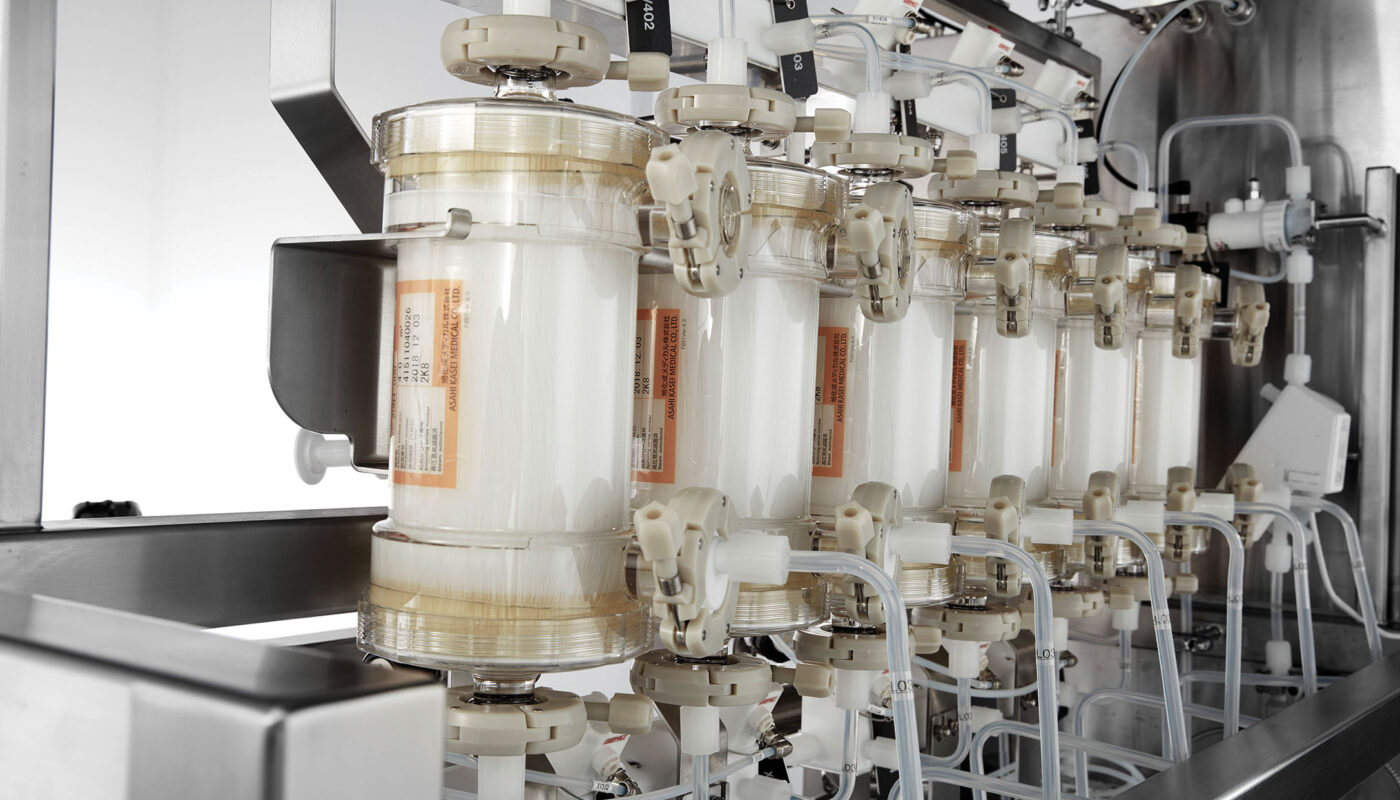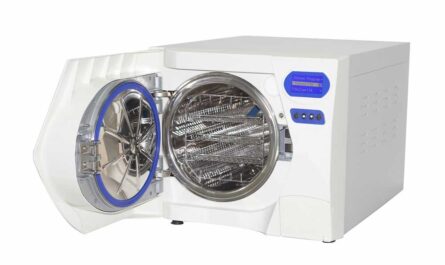Virus filtration is a key purification step used in the downstream processing of biologics such as vaccines and therapeutics derived from mammalian cell culture. During the development and manufacture of biopharmaceuticals, virus filtration serves as a vital safeguard against potential viral contaminants that could compromise product safety and efficacy. This critically important filtration process helps assure the security and reliability of our drug supply by eliminating infectious viruses.
Mechanism of Virus Removal
Virus filtration works through a size-exclusion mechanism. Virus filtration membranes have precisely controlled pore sizes that allow desired product molecules like antibodies or protein therapeutics to pass through while retaining even the smallest viral particles. Viruses are significantly larger than the molecular structures found in biopharmaceutical products. For example, the influenza virus is 80-120 nm in diameter while monoclonal antibodies are only about 10 nm wide. This size differential is the key enabling factor for virus filtration’s ability to remove viruses without detrimentally impacting the target product. As fluid containing viral particles and the desired biologic flows over the virus filtration membrane, viral contaminants are unable to permeate the membrane pores and are securely retained on the upper surface. Meanwhile, the target product molecules freely pass to the filtrate.
Validation of Virus Filter Performance
To validate the ability of a particular Virus Filtration system to remove and retain viral contaminants, manufacturers conduct studies using a panel of model viruses. Common virus models include parvoviruses, vesicular stomatitis virus, murine encephalomyocarditis virus, Sindbis virus, and others. These model viruses span a range of sizes characteristic of potential viral contaminants. They are purposefully spiked into product samples which are then filtered and the filtrate is thoroughly tested for the presence of any intact model virus particles. Absence of intact or infectious model viruses in the filtrate demonstrates the virus filter successfully retains even the smallest potential viral contaminants present at high concentrations. Manufacturers conduct virus filtration validation studies to regulatory guidelines which require showing typically a minimum of 4-6 log reduction or removal of each model virus tested.
Scaling Virus Filtration for Commercial Production
Once a virus filtration system proves effective at the laboratory scale, manufacturers must scale the process for robust implementation at commercial manufacturing volumes. Moving from small-scale batches to larger 1000L bioreactors requires filtration skids capable of high throughput while maintaining high viral clearance. Developers address issues like increased filter fouling from larger feed volumes, increased flux rates to improve productivity, and validating scale-appropriate operating parameters. They implement multi-filter housings and operate in parallel or sequence to meet high throughput needs. Manufacturers also closely monitor product quality attributes before and after virus filtration to ensure no adverse impact from scale-up. With successful scale-appropriate validation, virus filtration can deliver the required high log reduction of viruses needed for commercial supply of injectable biologics to patients worldwide.
Continuous Monitoring during Commercial Manufacturing
When implementing Virus Filtration for commercial manufacturing, it is critical the process remains under strict control and continuous monitoring. Even if a virus filter model is validated at the process scale, minor deviations in operation could impact performance. Therefore, manufacturers incorporate numerous in-line sensors that provide real-time data on critical process parameters like differential pressure, flow rate and temperature. These are tied to automated control systems programmed to trigger alarms or shutdown if any parameter exceeds pre-set limits. Manufacturers also collect retention samples from virus filters for periodic testing to confirmed absence of intact viruses. Together, continuous monitoring and retention sampling demonstrate virus filtration maintains validated removal capabilities even under the day-to-day variabilities of commercial operation. This ongoing oversight is vital to ensuring product safety is never compromised.
Importance of Virus Clearance for Patient Safety
For patients receiving biologic medicines, the inclusion of a robust virus filtration process provides important reassurance. Even the rarest contamination event could have severe consequences if an infectious virus was able to bypass purification steps. Virus filtration acts as a critical final safeguard, removing even the smallest potential viral contaminants that may have evaded detection and elimination by upstream process steps. Its ability to achieve high 4-6 log virus clearance at industrial scales delivers the high degree of product purity required. Ultimately, the inclusion of a carefully validated and controlled virus filtration operation helps enable biopharmaceutical manufacturers to assure patients and regulators that any drug released has been rendered free of infectious viral particles. This confidence in absolute safety underscores the critical importance of virus filtration as a purification technique in the production of lifesaving biologics.
*Note:
1. Source: Coherent Market Insights, Public sources, Desk research
2. We have leveraged AI tools to mine information and compile it




